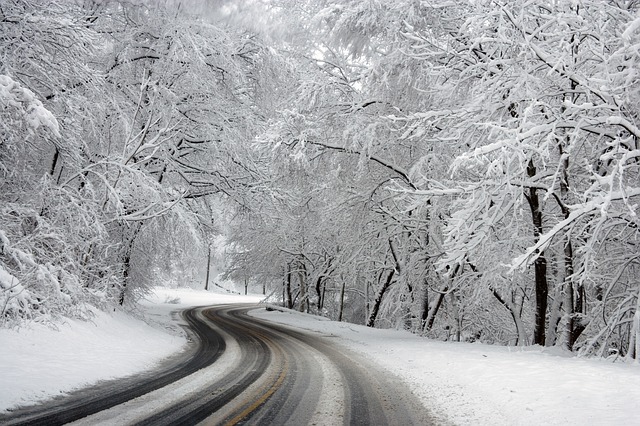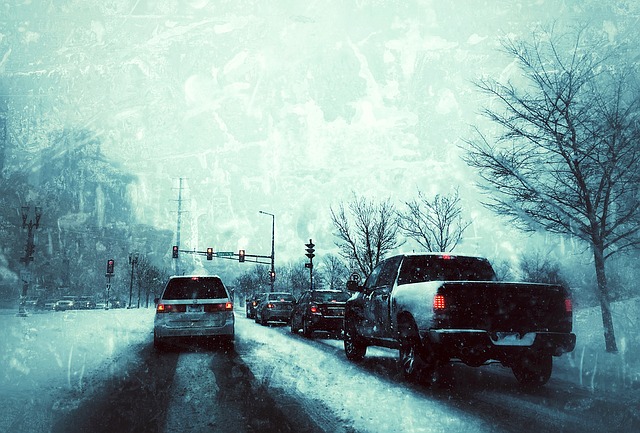Tips for Driving in Bad Weather

All of us end up traveling at one point and time, whether we are headed to a mall or the mountains of Colorado. It’s inevitable that we will run into bad weather eventually. Some would love if every day was sunny and 68 degrees, but that just doesn’t happen.
Mother nature has a creativity that is unparalleled and doesn’t seem to have a schedule for when to show off her creative talents. That said, sometimes we can get caught by surprise.
Knowing what to do and how to handle your vehicle should you choose to venture into bad weather can be handy. Below are three types of weather that could cause some trouble and how you can best maneuver through them.
Ice and Snow
Unless you live in Florida, you are likely to run into a few icy, snowy days of travel. Even black ice can cause you more trouble than you want to experience in a day. However, some of us don’t have the choice to stay home.
 Our places of employment and certain emergencies demand that we fight the elements to get where we are going. First and foremost, make sure to slow down. Even if the only threat is black ice, hitting it at high speeds could cause you to lose control of your vehicle. Don’t hit the brakes when you go into a curve.
Our places of employment and certain emergencies demand that we fight the elements to get where we are going. First and foremost, make sure to slow down. Even if the only threat is black ice, hitting it at high speeds could cause you to lose control of your vehicle. Don’t hit the brakes when you go into a curve.
This will help you to avoid spinning out. Also, make sure to leave plenty of room between you and the vehicle in front of you. When the weather calls for ice and snow, it can be very difficult to stop as quickly as you might need to.
Leaving a little extra space can keep you from saying hello to someone’s back bumper. Should you actually find yourself in a situation where you start to slide across the road, take your foot off the brake and the gas and turn into the skid. This will cancel out the motion of the vehicle. If all else fails, ditch it is a snowbank.
Rainy Days
A rainy day can be a peaceful stress reducing gift if you have the blessing of sitting on the porch and watching the drops hit the leaves of the maple tree in your front yard. They can also be your worst nightmare if you don’t know how to handle yourself and your vehicle while you are traveling.
If you find yourself with the need to travel in the rain, remember to allow yourself some extra time to reach your destination. This is so you can slow down a little and not be rushed. Driving 5 to 10 miles slower than usual can keep you from hydroplaning.
Driving too fast could cause your vehicle to lift up off the ground and place your hope of traction in the layer of water between you and the ground. If that does happen, just slow down until you feel the grip return. If you encounter hail, make sure to pull over and stay in the protection of your vehicle.
Another issue with rain is flooding. NEVER enter a flooded area with your vehicle. If water makes it into the air intake valve or the engine, your car is liable to quit on you. This could put you in a potentially life-threatening situation. In either event, don’t panic. Call for and then wait patiently for help.
Earthquakes
In 2012, there were over 3,800 earthquakes in the U.S. alone. That’s a whole lotta shakin’ goin’ on. Since these are much more difficult to predict than a thunderstorm, the possibility of getting caught in one by surprise is much higher than the previous two weather forecasts we have discussed.
Driving in an earthquake has been compared to driving on four flat tires. Should you find yourself caught in an earthquake while in transit, immediately slow down and pull over to a safe place. Try to avoid bridges, power lines, large trees, and buildings.
Stay aware of panicked drivers and try not to be one of them. After you have found a safe place, remain in your vehicle with your seatbelt on until the end of the quake. Afterwards, if you are able to drive, take your time and keep an eye out for damaged roads, lines, and buildings. If the power is out, stop lights may be down. Treat these as four-way stops.
Weather is a constant in life. So is having to travel. Use these tips to make sure you are never caught off guard when driving in hazardous conditions.






Leave a Reply